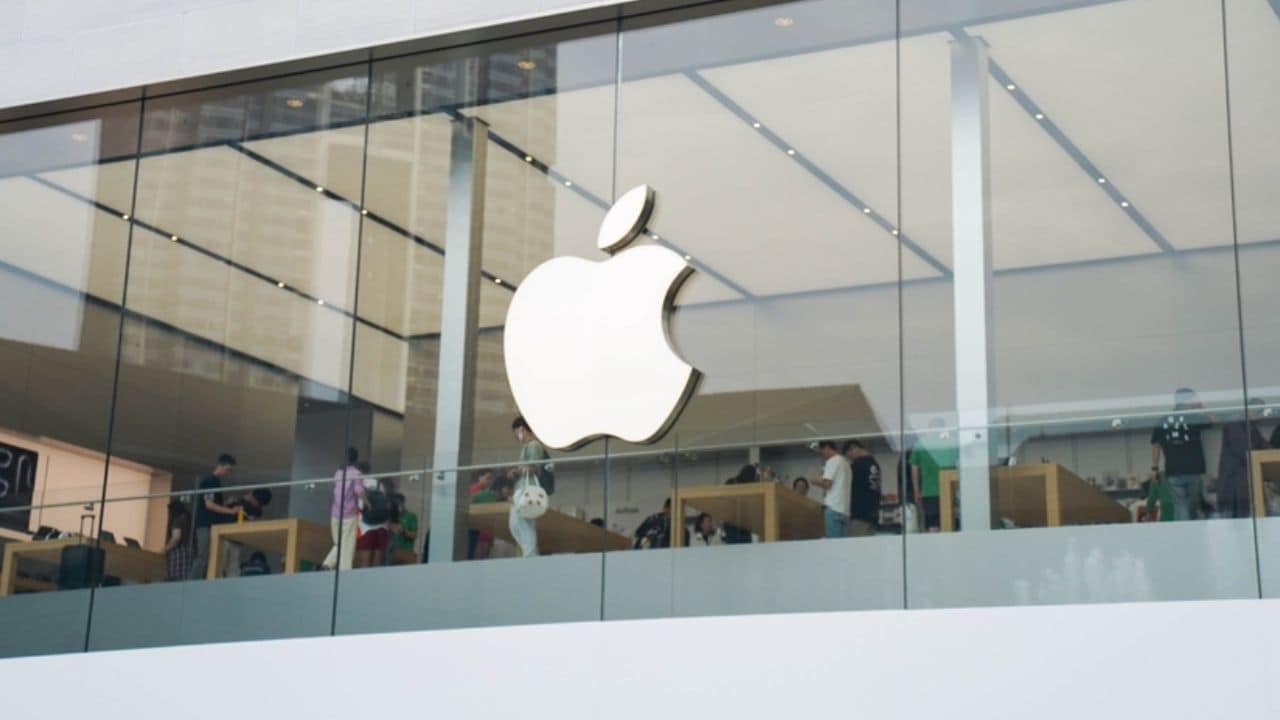Apple Inc. will begin analyzing data on customers’ devices in a bid to improve its artificial intelligence platform, a move designed to safeguard user information while still helping it catch up with AI rivals. Today, Apple typically trains AI models using synthetic data — information that’s meant to mimic real-world inputs without any personal details.
But that synthetic information isn’t always representative of actual customer data, making it harder for its AI systems to work properly. The new approach will address that problem while ensuring that user data remains on customers’ devices and isn’t directly used to train AI models. The idea is to help Apple catch up with competitors such as OpenAI and Alphabet Inc.

, which have fewer privacy restrictions. The technology works like this: It takes the synthetic data that Apple has created and compares it to a recent sample of user emails within the iPhone, iPad and Mac email app. By using actual emails to check the fake inputs, Apple can then determine which items within its synthetic dataset are most in line with real-world messages.
These insights will help the company improve text-related features in its Apple Intelligence platform, such as summaries in notifications, the ability to synthesize thoughts in its Writing Tools, and recaps of user messages. “When creating synthetic data, our goal is to produce synthetic sentences or emails that are similar enough in topic or style to the real thing to help improve our models for summarization, but without Apple collecting emails from the device,” the company wrote in a post on its machine learning blog on Monday. Large language models are the technology at the heart of modern AI, and they power the features in Apple Intelligence, which the company released last year.
In addition to using synthetic data, Apple has trained its models with information it licensed from third parties or found by scanning the open internet. The reliance on synthetic data has had its pitfalls, with the company’s tools misrepresenting ideas in notifications and being unable to provide accurate summaries of text in some cases. The new system could theoretically improve Apple’s models, a key step toward becoming a serious competitor in the hot AI space.
The company’s artificial intelligence team has seen its products lag behind rivals, spurring a recent management shake-up for the Siri voice assistant and related efforts. The company will roll out the new system in an upcoming beta version of iOS and iPadOS 18.5 and macOS 15.
5. A second beta test of those upcoming releases was provided to developers earlier on Monday. The iPhone maker also said it is bringing privacy-centric ways to improve the models used to power other Apple Intelligence features, such as Image Playground, Image Wand, Memories Creation and Visual Intelligence.
Already, the company has relied on a technology called differential privacy to help improve its Genmoji feature, which lets users create a custom emoji. It uses that system to “identify popular prompts and prompt patterns, while providing a mathematical guarantee that unique or rare prompts aren’t discovered,” the company said in the blog post. The idea is to track how the model responds in situations where multiple users have made the same request — say, asking for a dinosaur carrying a briefcase — and improving the results in those cases.
The features are only for users who are opted in to device analytics and product improvement capabilities. Those options are managed in the Privacy and Security tab within the Settings app on the company’s devices. “Building on our many years of experience using techniques like differential privacy, as well as new techniques like synthetic data generation, we are able to improve Apple Intelligence features while protecting user privacy for users who opt in to the device analytics program,” the company said.
Apple’s artificial intelligence team has been in turmoil for several months, with Bloomberg News first reporting on the organization’s struggles, leadership problems, product delays and executive changes. In March, Apple overhauled part of the management of its AI group, stripping responsibility over Siri from executive John Giannandrea and handing the voice assistant group to Vision Pro creator Mike Rockwell and software chief Craig Federighi. The company plans to announce Apple Intelligence upgrades in June but won’t implement long-awaited features for Siri until next year.
.
Technology

Apple to analyze user data on devices to bolster AI technology

The technology works like this: It takes the synthetic data that Apple has created and compares it to a recent sample of user emails within the iPhone, iPad and Mac email app.














